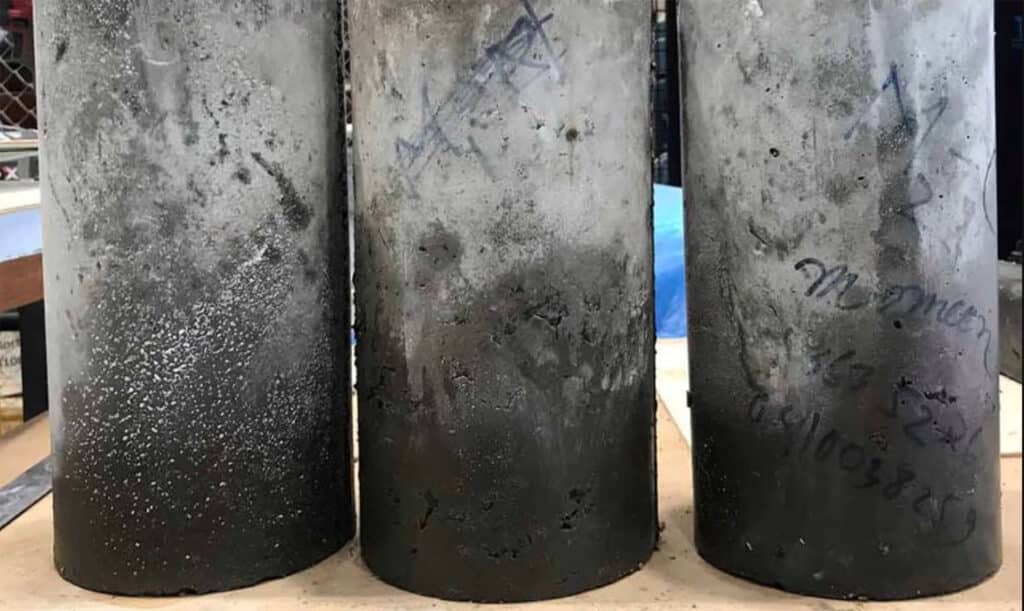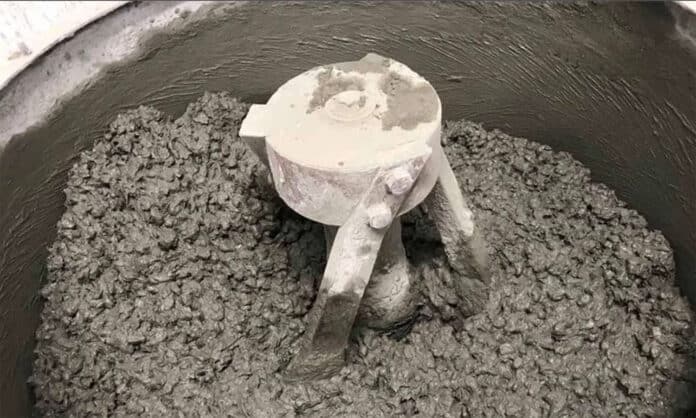An enormous amount of waste tires is thrown away to be buried or burned throughout the world, which has added more challenges to climate change and environmental pollution control. The disposal of waste tire rubber has become a crucial ecological issue worldwide. Extensive research is currently being undertaken to look for various applications of waste tire rubber in the concrete industry to improve their utilization rate and significantly increase the uptake of this waste material.
Now, a team of engineers from Australia’s RMIT University has managed to replace 100% of conventional aggregates in concrete – such as gravel and crushed rock – with rubber from discarded tires that meets building codes, promising a boost for the circular economy. The team says the new greener and lighter concrete also promises to reduce manufacturing and transportation costs significantly.
Small amounts of rubber particles from tires are already used to replace these concrete aggregates, but efforts to replace all of the aggregates with rubber have produced weak concretes that failed to meet the required standards – until now. In their study, the RMIT team reveals a manufacturing process for lightweight structural concrete where the traditional coarse aggregates in the mix were completely replaced by rubber from used car tires.

“We have demonstrated with our precise casting method that this decades-old perceived limitation on using large amounts of coarse rubber particles in concrete can now be overcome,” said Mohammad Momeen Ul Islam, lead author and Ph.D. researcher from RMIT University’s School of Engineering. “The technique involves using newly designed casting molds to compress the coarse rubber aggregate in fresh concrete that enhances the building material’s performance.”
According to the researchers, this manufacturing process will unlock environmental and economic benefits. “As a major portion of typical concrete is coarse aggregate, replacing all of this with used tire rubber can significantly reduce the consumption of natural resources and also address the major environmental challenge of what to do with used tires,” said Professor Jie Li, the study co-author, and team leader. “This would benefit a range of developments including low-cost housing projects in rural and remote parts of Australia and other countries around the world.”
Following the successful testing in the workshop, the team is now looking into reinforcing the concrete to see how it can work in structural elements. The manufacturing process could be scaled up cost-effectively within a precast concrete industrial setting in Australia and overseas, Islam said.
